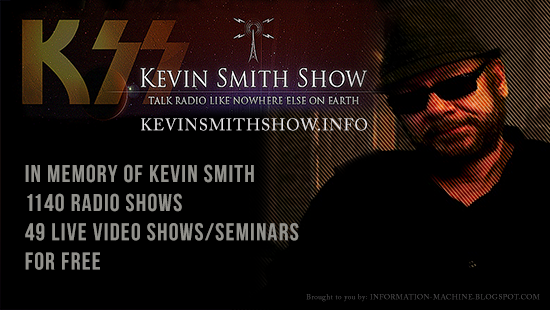Source: thunderbolts.info, web.mit.edu
A new paper published by an MIT physicist claims to theoretically prove that so-called "quantum entanglement" -- two particles seemingly occupying more than one state simultaneously -- gives rise to a wormhole that allows particles to communicate through a "gravitational tunnel". This theory follows from a paper published earlier this year, which suggests two black holes that become entangled and then are pulled apart create a wormhole, connecting the black holes. The reasoning in these papers is purely mathematical. Wal Thornhill examines this theoretical approach.
Original URL:http://web.mit.edu/newsoffice/2013/yo...
Dr. Neil Turok, the Director of the Perimeter Institute for Theoretical Physics:
Theoretical physics is at a crossroads right now...In a sense we've entered a very deep crisis. You may have heard of some of these models...There've been grand unified models, there've been super-symmetric models, super-string models, loop quantum gravity models... Well, nature turns out to be simpler than all of these models.
If you ask most theorists working on particle physics, they're in a state of confusion. The extensions of the standard model, like grand unified theories, they were supposed to simplify it. But in fact they made it more complicated. The number of parameters in the standard model is about 18. The number in grand unified theories is typically 100. In super-symmetric theories, the minimum is 120. And as you may have heard, string theory seems to predict 10 to the power of 1,000 different possible laws of physics. It's called the multiverse. It's the ultimate catastrophe: that theoretical physics has led to this crazy situation where the physicists are utterly confused and seem not to have any predictions at all...
Return top


































